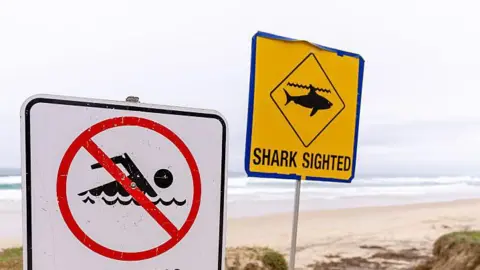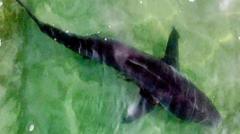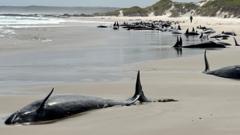Mauricio Hoyos still remembers the pressure that the jaws of a female Galapagos shark, over 3m (10ft) in length, exerted on his skull.
The animal had lunged at him with astonishing speed, giving him barely enough time to duck his head in a last-ditch effort to protect his jugular vein.
When it closed its jaw, I felt the pressure of the bite, and then, after what I think was a second, it opened it again and let me go, Hoyos told BBC Mundo from his home in Baja California, Mexico, a little over a month after surviving the incident.
Hoyos, a marine biologist with over 30 years of experience studying sharks in their natural habitat, was on a research trip in Costa Rica when he was attacked by the shark in September.
Less than two months on, and still bearing the scars from the attacks on his face, he describes his recovery as incredible - and says he hopes to encounter his assailant again.
For Hoyos, what happened to him that day in the waters off Cocos Island is the result of typical animal behavior when confronted with a perceived threat.
Hoyos recalls encountering the shark: This giant female, measuring between 3 and 3.5m (11.5ft), swam by and headed toward the bottom, and I positioned myself to tag her at the base of her dorsal fin.
But Hoyos, who has tagged many kinds of sharks in his decades-long career, says this animal reacted differently to others.
Unlike the other sharks I've tagged that immediately flee, she turns around and stares at me, he recalls.
After being pulled aboard the boat, Hoyos had to use his training to remain calm and breathe properly while bleeding from the bite wounds.
Hoyos highlighted the importance of conservation and respect for sharks, stating that many misunderstand the role these creatures play in ocean ecosystems.
With plans to dive again soon, Hoyos remains undeterred by his experience, eager to share his story and advocate for sharks with the scars that remind him of his encounter.


















